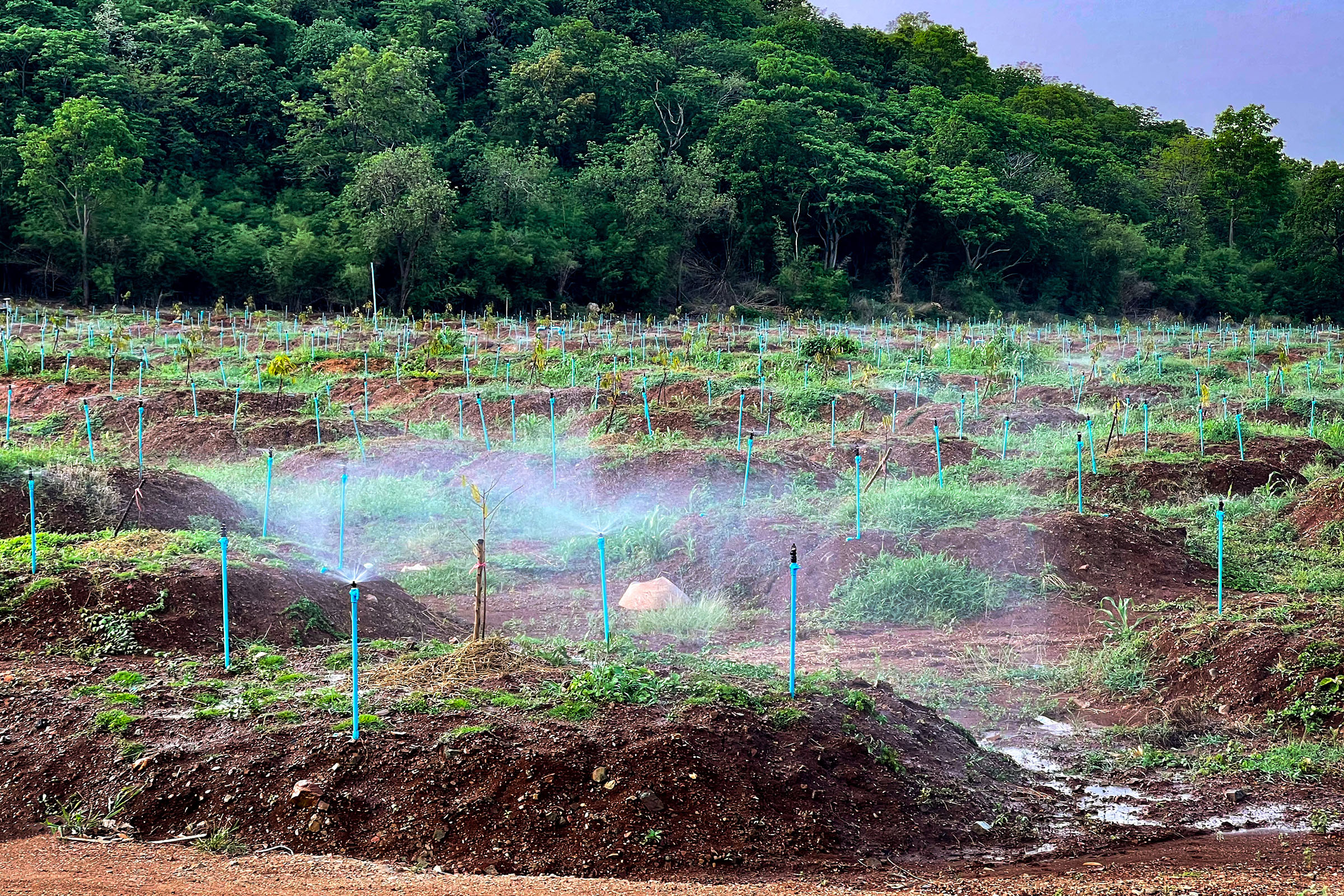
Resource
#thaiRAIN’s Innovation: IoT Irrigation System
Challenge
Smallholder farmers in Thailand face significant challenges in managing their water resources, leading to reduced crop yields, increased costs, and environmental degradation. Manual irrigation, the traditional method of watering crops, is labor-intensive and often results in uneven water distribution, leading to issues such as stunted plant growth, root rot, and wasted water.
Solution
Internet of Things (IoT) based irrigation and fertigation system helps optimize water and nutrient application. This technology can program irrigation and fertigation schedules based on real-time changes in soil moisture, water level, light intensity, and temperature. With advanced control capabilities, farmers can remotely manage multiple plots or long distances, ensuring that their crops receive the exact amount of water and nutrients they need to thrive. The system’s cloud connectivity allows users to update settings and monitor their plots from anywhere using a smartphone. Powered by solar cells and batteries, the system reduces energy costs and offers a sustainable solution. Moreover, the locally made version of this system offers a lower cost and ease of installation, ensuring a reliable supply of parts for maintenance and making it an ideal solution for smallholder farmers seeking to optimize their irrigation and fertigation management.
Benefits
The IoT Smart Farm system helps farmers reduce water usage while maintaining optimal moisture levels for crops, enhancing yield quality and lowering costs. IoT-integrated fertigation allows for more effective nutrient delivery, minimizing nutrient runoff and reducing negative environmental impacts of farming practices. Additionally, the system provides farmers with real-time data and automated and remote control to adapt to rapidly changing weather patterns.
| IoT-Enabled Smart Farming | Traditional Farming | ROI Comparison | |
| Yield Increase | 20% yield improvement due to precision monitoring and timely interventions | Typically static yields with seasonal variation | Higher, consistent yields with IoT monitoring and control |
| Water Efficiency | 25% water savings with automated, data-driven irrigation systems | High water usage, often wasteful due to manual methods | Water savings lower input costs, increase sustainability |
| Labor Costs | 30% reduction with automation and remote monitoring | Higher labor needs for monitoring and adjustments | Significant savings due to decreased dependency on manual labor |
Business Model
#thaiRAIN aims to train local technicians as distributors and support providers for IoT technology to address the shortage of skilled technicians for installing and maintaining IoT systems. The project will also establish a network of local experts who can handle installation, maintenance, and troubleshooting. This initiative will enhance farmers’ confidence in adopting IoT solutions. By creating a community-based support system, the model empowers technicians to become trusted resources providing ongoing guidance and education, helping farmers integrate IoT systems into their operations effectively.
USDA Thailand Regional Agriculture Innovation Network (RAIN) project, funded by United States Department of Agriculture Food for Progress and implemented by Winrock International, strives to facilitate adoption of 30 agricultural innovations by 30,000 farmers.
